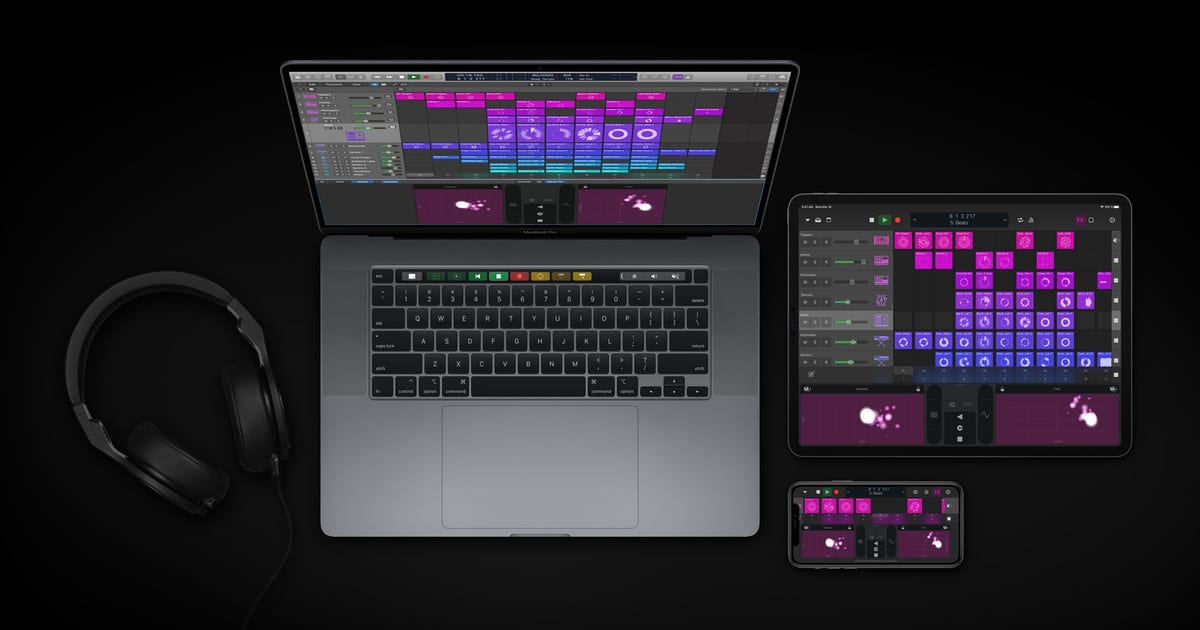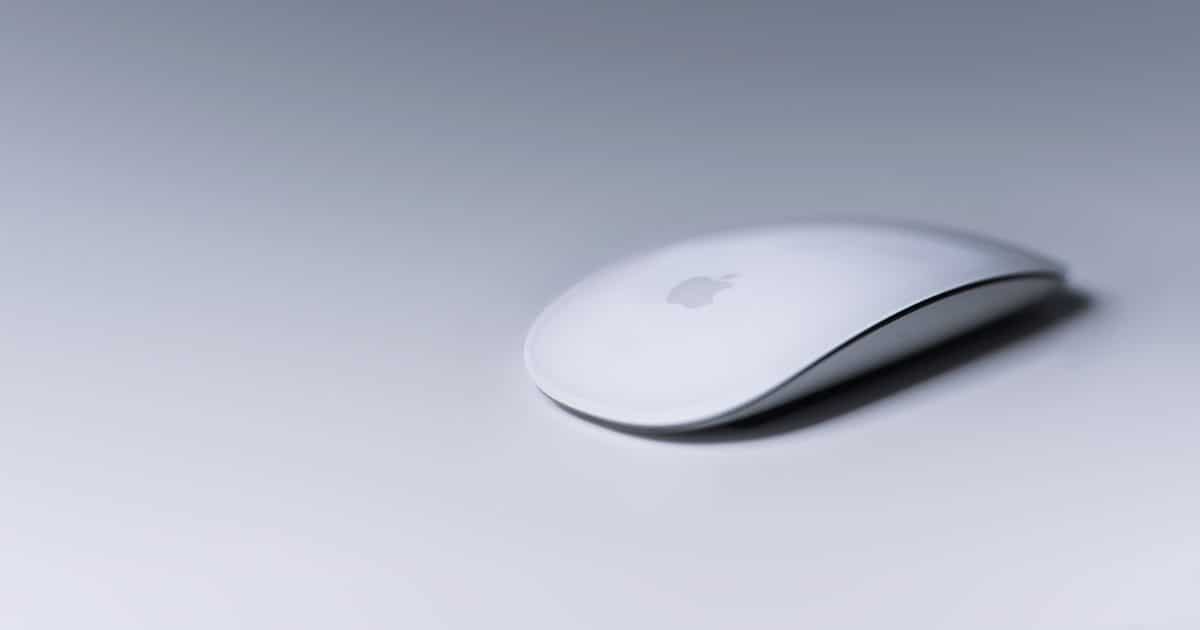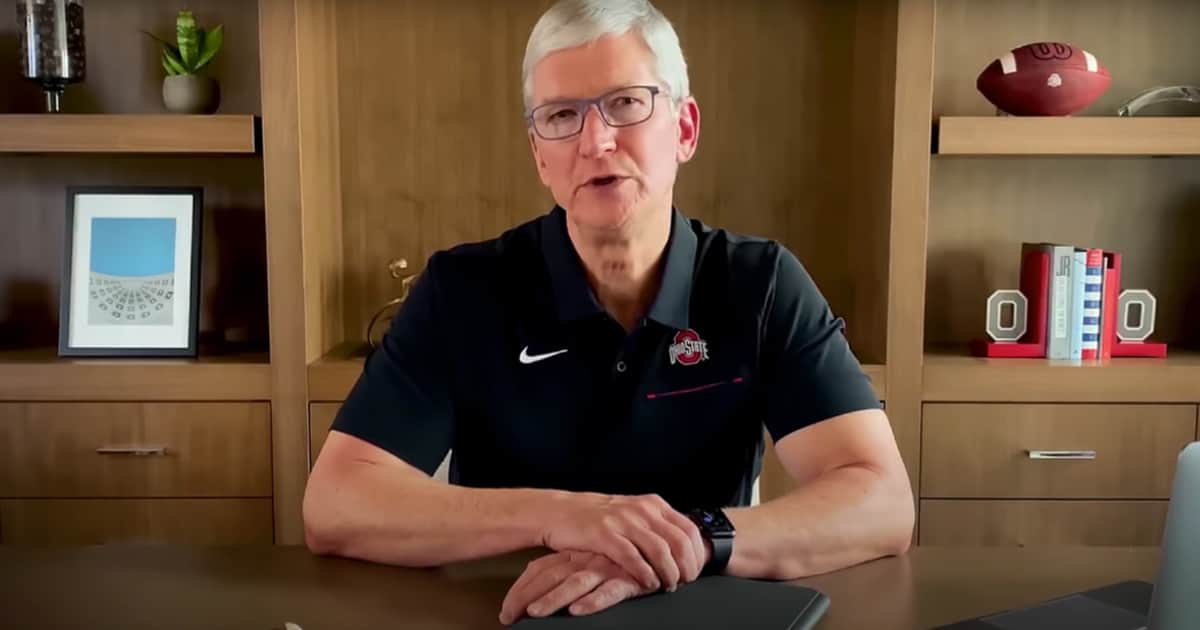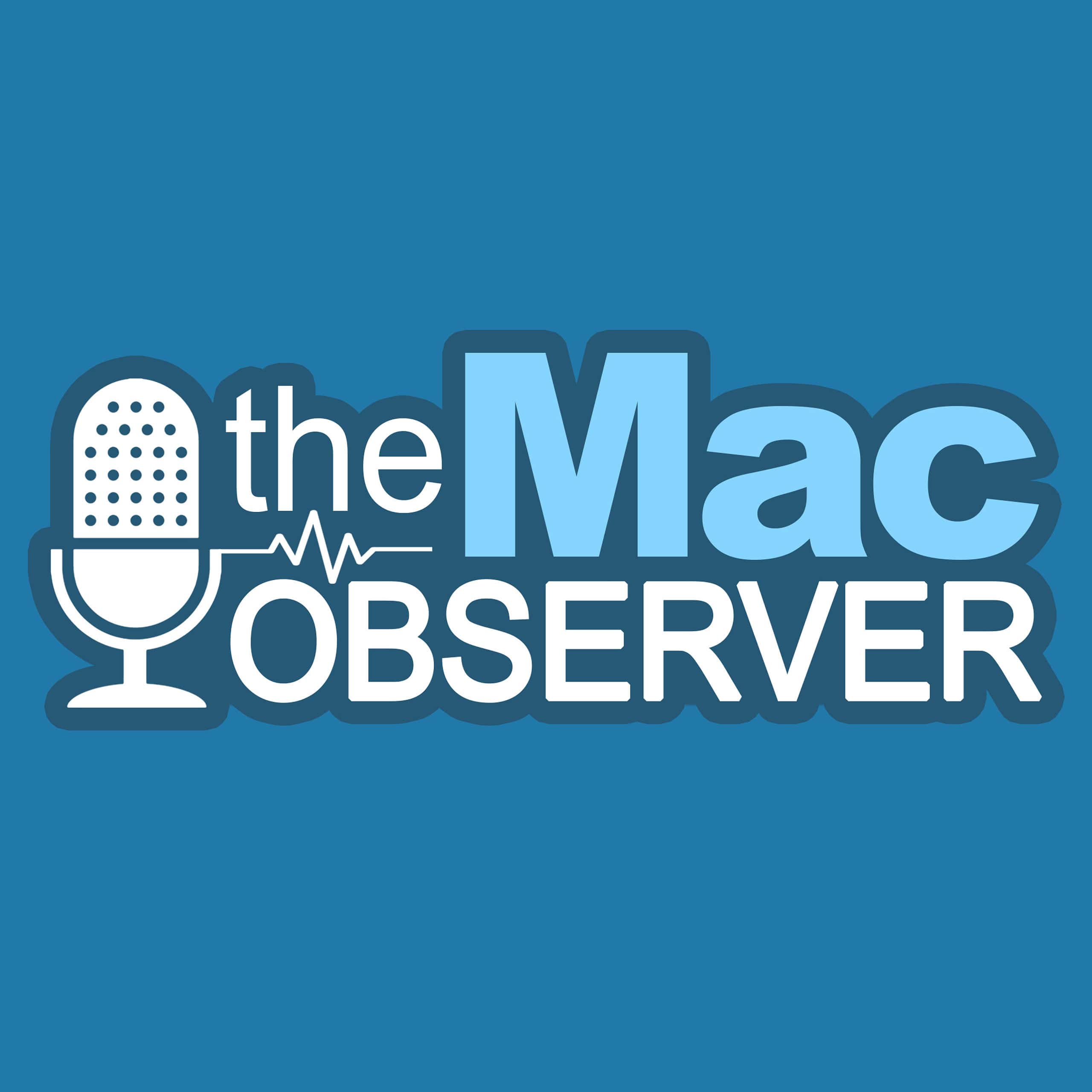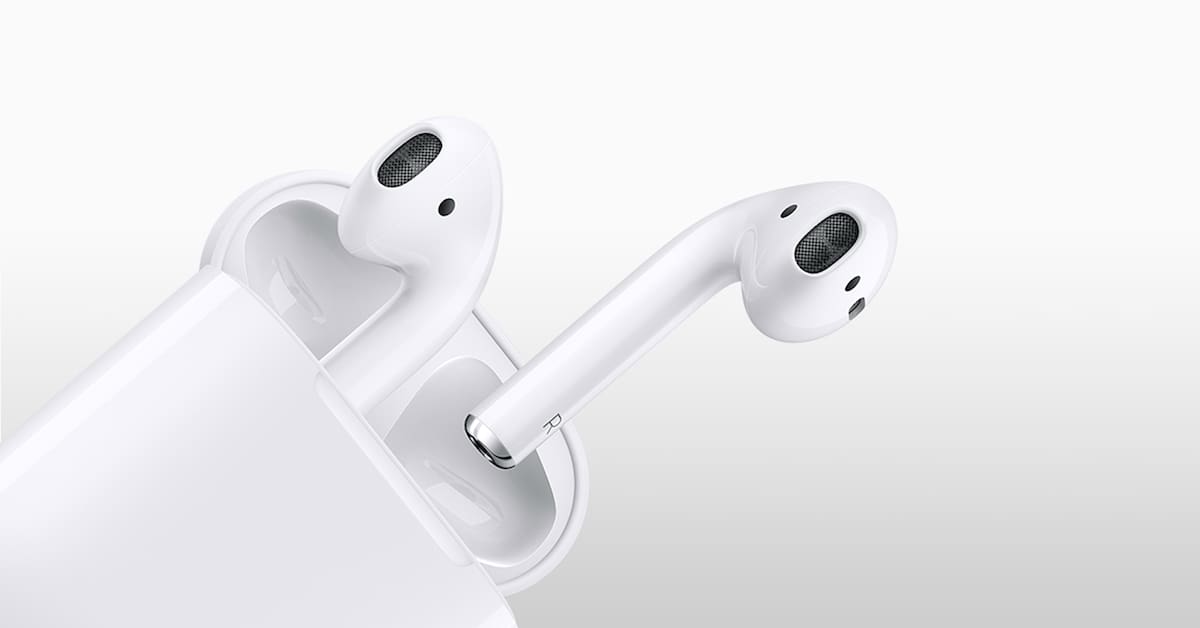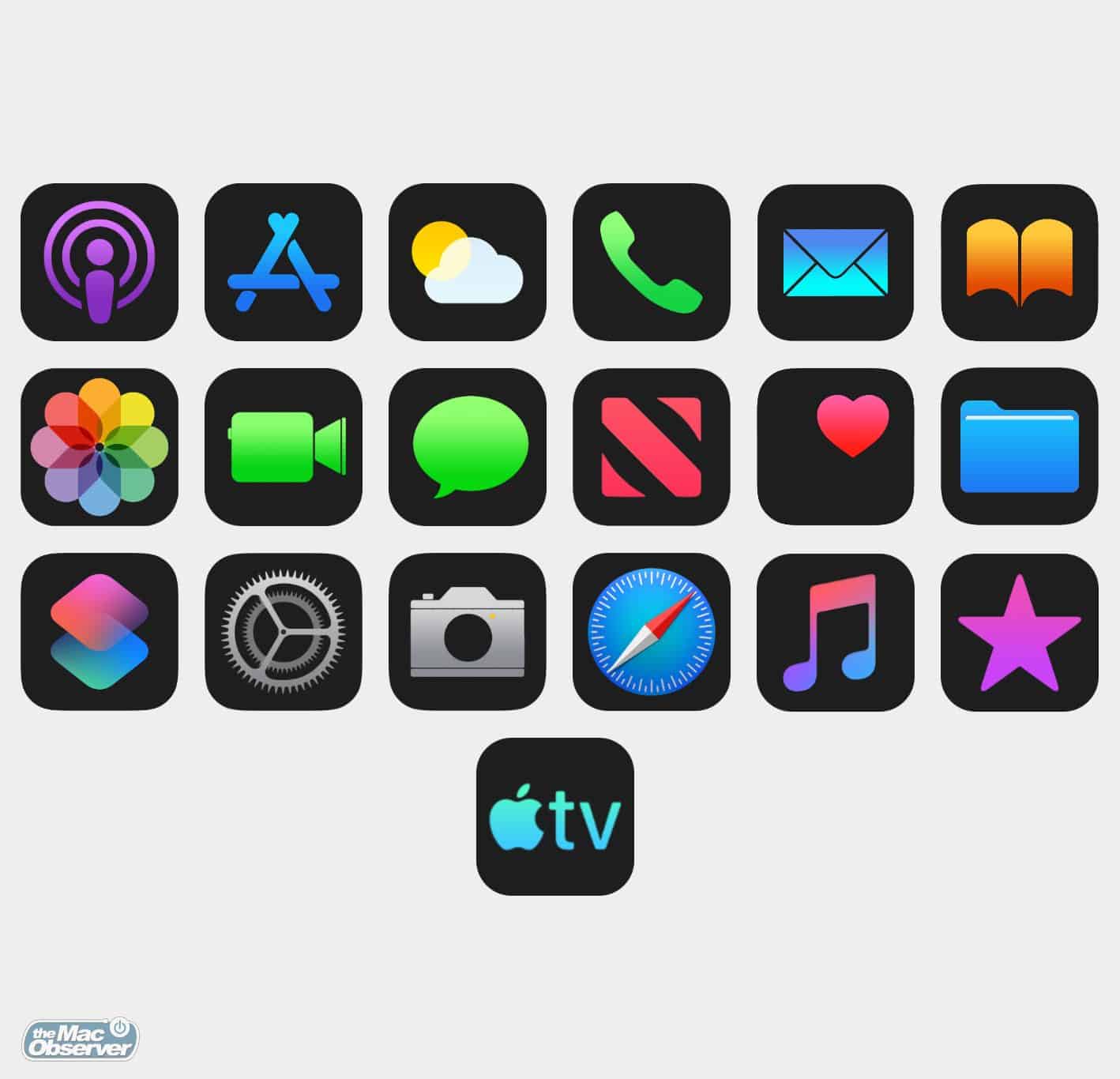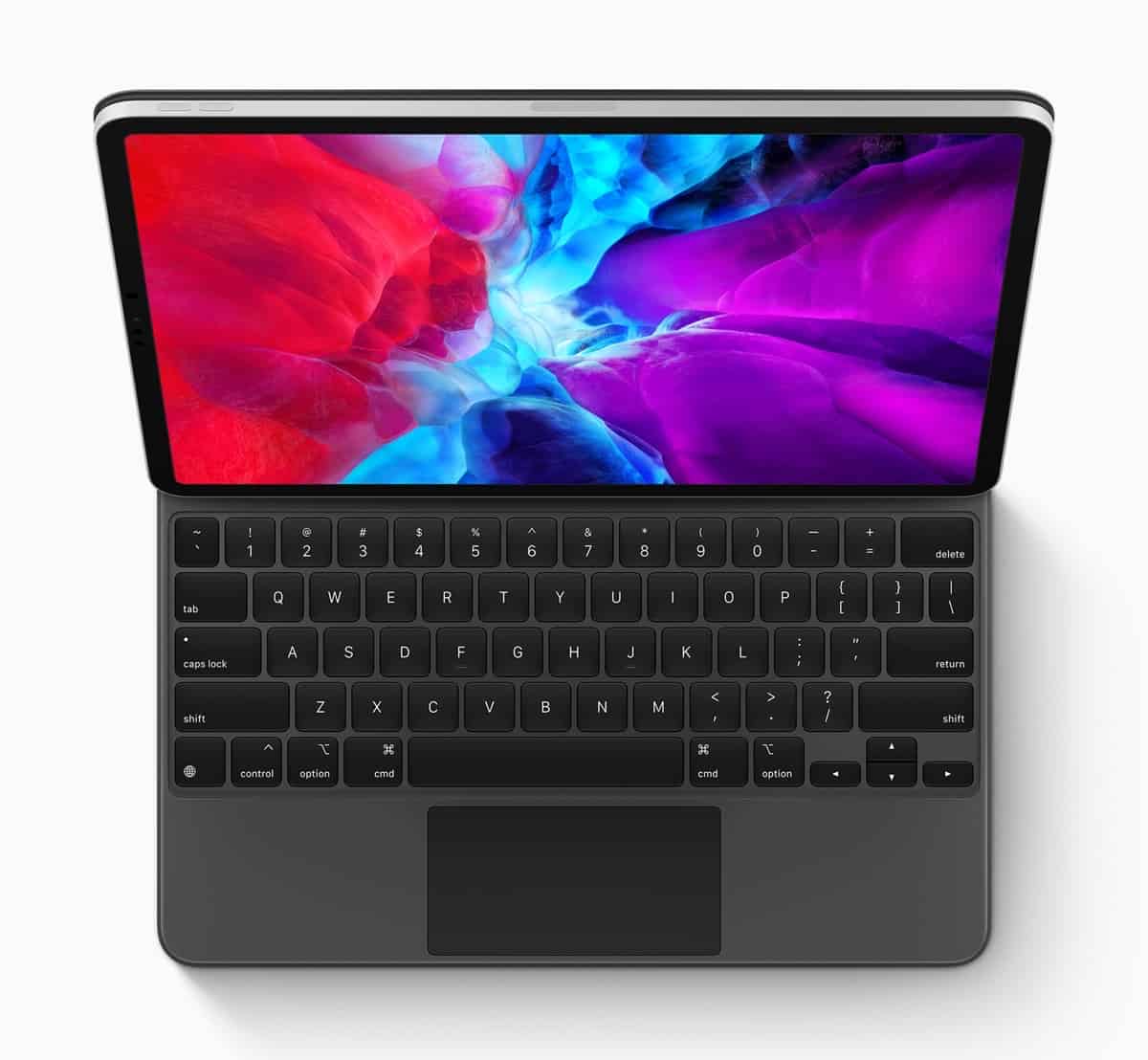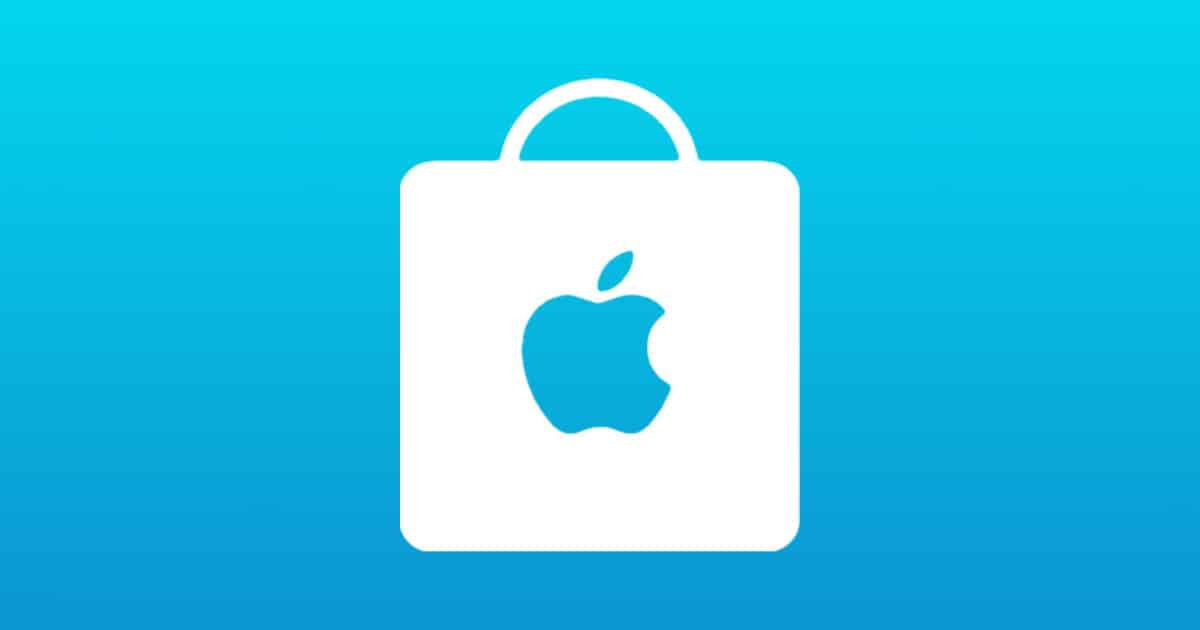Enter our new international giveaway for a chance to win the brand new iPhone 16 Pro.
Logic Pro X 10.5 Arrives Featuring Live Loops and Other Major Updates
Apple unveiled a major update its music production software with Logic Pro X 10.5, including a pro version of GarageBand’s Live Loops.
COVID-19 Helps Send Apple to Bottom of the Gaming Charts
Apple has suffered a major decline in the world of gaming due to changes to revenue stream prompted by the COVID-19 pandemic.
Technical Columnist Chris Matyszczyk - TMO BGM Interview
Chris Matyszczyk is the President of creative consultancy Howard Raucous LLC. He advises corporations and individuals on content creation, advertising and marketing. For the last 13 years, he has also written the Technically Incorrect column first for CNET and now for ZDNet. He also writes the Absurdly Driven column at Inc.
Chris has a witty, irreverent, playful writing style at times. Over the years, several of his articles have caught my attention for my Friday column, Particle Debris, and we chatted about them. Plus, I’ve always wanted to hear his career story and how he got started as a technical columnist. In this interview, you’ll get a sense of Chris’s wry humor, and he’ll keep you laughing the whole show.
iFixit Updates Magic Keyboard Teardown to Examine Trackpad
Last week iFixit posted an X-ray examination of the iPad Pro Magic Keyboard. Today the company revealed the inner workings of the trackpad.
Apple Set to Increase iPhone Manufacturing in India
Apple looks set to ramp up iPhone manufacturing in India in the future, removing some of this work away from China.
How Apple Watch Could Work on Android
Could the Apple Watch work with Android devices? Should it? As Rene Ritchie noted at iMore, it’s not something Steve Jobs wanted, but current Apple execs have explored the possibility.
Right now, the Apple Watch adds to the value of the iPhone, but in a different way. I mean, the iPhone makes almost all the profit in mobile already. Almost all profits everywhere. As markets mature, like the iPhone market has — like the phone market in general has — though, and you don’t have more customers buying, you add accessories and services so customers buy more. Apple spent a decade building up the iPhone so that they could spend the next decade using the iPhone as a platform to build up everything else, from Apple Watch to AirPods to Apple Music to TV+. But the question remains, would Apple Watch make even more money for Apple if it wasn’t dependent on the iPhone? If, like AirPods and Apple Music, and even TV+ to some extent, it could also work with everything, or just many things else? Like Android. And iPad.
How to Change iPad Mouse Settings Like Disabling Animations
Andrew shows you how to change iPad mouse settings, which includes button customization and disabling the way it morphs with the user interface.
Tim Cook in Class of 2020 Commencement Podcast Series
Tim Cook is part of a podcast series from iHeartMedia offering commencement addresses to the class of 2020 from a host of big names.
Media Monday: Apple TV and AppleTV and Apple TV+ – TMO Daily Observations 2020-05-11
John Martellaro and Charlotte Henry join host Kelly Guimont to discuss Apple TV boxes, Apple TV apps, and the Apple TV+ streaming service.
TheoryLamp Circular LED Light: $99.99
We have a deal on the TheoryLamp circular LED light, an LED lamp with a weighted base and a remote control that allows you to shuffle through 7 different colors, six different lighting modes, and four brightness levels. It has a maximum output of 300 lumens with a maximum lifespan of 35,000 hours. It’s $99.99 through our deal.
Apple is on a Cloud Talent Hiring Spree
Apple has been on a big hiring spree – trying to get some of the best cloud talent and open-source engineers in the industry into the company. Protocol had a look at what it all might mean.
It’s not entirely clear what Apple has in mind, but numerous job postings indicate that the company is in the midst of building new tools for its internal software development teams. Apple declined to comment on its plans for the new hires. Apple runs a massive web operation, including the iCloud file storage service, the App Store, Apple Music, Apple TV+ and its own ecommerce site. However, it has for years been considered a bit of a backwater in the tech infrastructure community, far behind companies like AWS, Microsoft, Google, Facebook and Netflix.
How AirPods Became Such a Success
By any standards, the AirPods have been a staggering success. Wired has a great piece on how it happened.
AirPods were initially positioned modestly as an iPhone 7 and 7 Plus accessory, one that solved the thorny issue of dropping the headphone jack from the iPhone. The most recent iteration – 2019’s AirPods Pro, which boasts a considerably improved design and, crucially, active noise-cancelling – was not announced on stage at all. “It was almost like wildfire how quickly it spread,” Greg Joswiak, Apple’s vice president of product marketing, says. “It’s done even better than we could ever imagine.” Estimates suggest that in 2019 Apple sold 35 million pairs of AirPods. Though Apple never shares its figures of individual product sales, in the company’s most recent earnings call for the first quarter of 2020, Apple CEO Tim Cook stated that the “demand for AirPods continues to be phenomenal”. There are a number of reasons for the popularity. Unusually for the Cupertino company, Apple came in with an aggressive price point for each version of the AirPods. Once it added key features such as noise-cancelling and wireless charging, the Pros became a yardstick in the wireless earphone category.
Researcher Finds 7 Vulnerabilities in Intel Thunderbolt Chips
Researcher Björn Ruytenberg found 7 vulnerabilities in Intel Thunderbolt chips. Critically, an attacker needs physical access to the machine.
White House in Talks With Intel, TSMC to Build U.S. Chip Foundries
Officials at the White House are reportedly in talks with Intel and TSMC to build semiconductor facilities in the United States.
U.S. tech companies and the government have been trying to reduce the country’s dependence on chip factories in Asia for years, underscored by national security concerns […]
In an April 28 letter obtained by the WSJ, Intel CEO Bob Swan told Defense Department that the company is willing to build a commercial foundry in partnership with the Pentagon “given the uncertainty created by the current geopolitical situation.”
The newspaper reports that TSMC has been in talks with Commerce and Defense department officials and Apple, one of the biggest clients, about building a semiconductor factory in the U.S.
Corporations have spent the last 30 or so years moving manufacturing to China in search of cheap labor. Did they not expect China to start competing with them?
Mispronouncing "Bondi" – Mac Geek Gab 814
What’s bloating up your hard drive? Why is your Bluetooth mouse still draining? Which 13″ MacBook should you get? All these questions are answered, and more. John and Dave are here to ensure you get the answers you need, in the way you need them. And that’s not all, they talk through a few ways of managing multiple Apple IDs, 10G Ethernet, macOS 10.15.5, plus Quick Tips, Cool Stuff Found, and more. Press play to listen and learn at least five new things along with your two favorite geeks!
How to Change Your Apple ID Email and Create an Email Alias
Apple has an account page where you can change your Apple email address, as well as other aspects of your account. But there’s a warning.
Apple’s New ‘Apple Books for Authors’ Website is a Resource Hub
Today Apple unveiled a new website called Apple Books for Authors. It’s a resource for authors interested in publishing their books with Apple.
Digital LED Infrared No-Contact Thermometer: $79.99
We have a deal on a Digital No-Contact Thermometer with a high-precision infrared sensor that reliably scans body heat in under 1 second. This thermometer takes temperature within 1.18″ to 1.97″ for no-contact measurement—preventing the spread of germs. This device is $79.99 through our deal.
Apple Faces Class Action Lawsuit Over ‘Flexgate’ MacBook Pro Defect
Apple is getting hit with a nationwide, class action lawsuit over a defect in the 2016 MacBook Pros, called “Flexgate.”
Security Friday, Animal Crossing – TMO Daily Observations 2020-05-08
Andrew Orr joins host Kelly Guimont for a Security Friday News Roundup of items, and then a discussion of Nintendo’s new Animal Crossing game.
Zoom Purchases End-to-End Encryption Specialist Keybase
Zoom is buying security firm Keybase in order to help the video-conferencing firm implement end-to-end encryption.
Why Adding Dark Mode to an App Takes Time
Users who like dark mode regularly complain that their favorite iOS app does not support it. On Cult of Mac, indie developer Graham Bower explains why it takes time.
The problem is that while some parts of your user interface — like the background — automatically switch to dark, others do not. Some text becomes unreadable because it’s black-on-black. Headers with white backgrounds look too bright and annoying. Illustrations and icons designed for a light background look terrible. Yes, if the app had been built using Apple’s default buttons and styles, maybe it wouldn’t have looked so bad. But in reality, life is never that simple. Even Apple’s built-in apps often deviate from the default user interface elements these days.
Microsoft Office to Support New iPadOS Mouse and Trackpad Functionality
The iPad version of Microsoft Office is to get an upgrade that will enable users to access the new trackpad and mouse features in iPadOS.
Apple Store Online is a New Hub For All Your Needs
Apple has a new hub for online shoppers that provides links to services like Apple specialists, financing and credit, and more.

